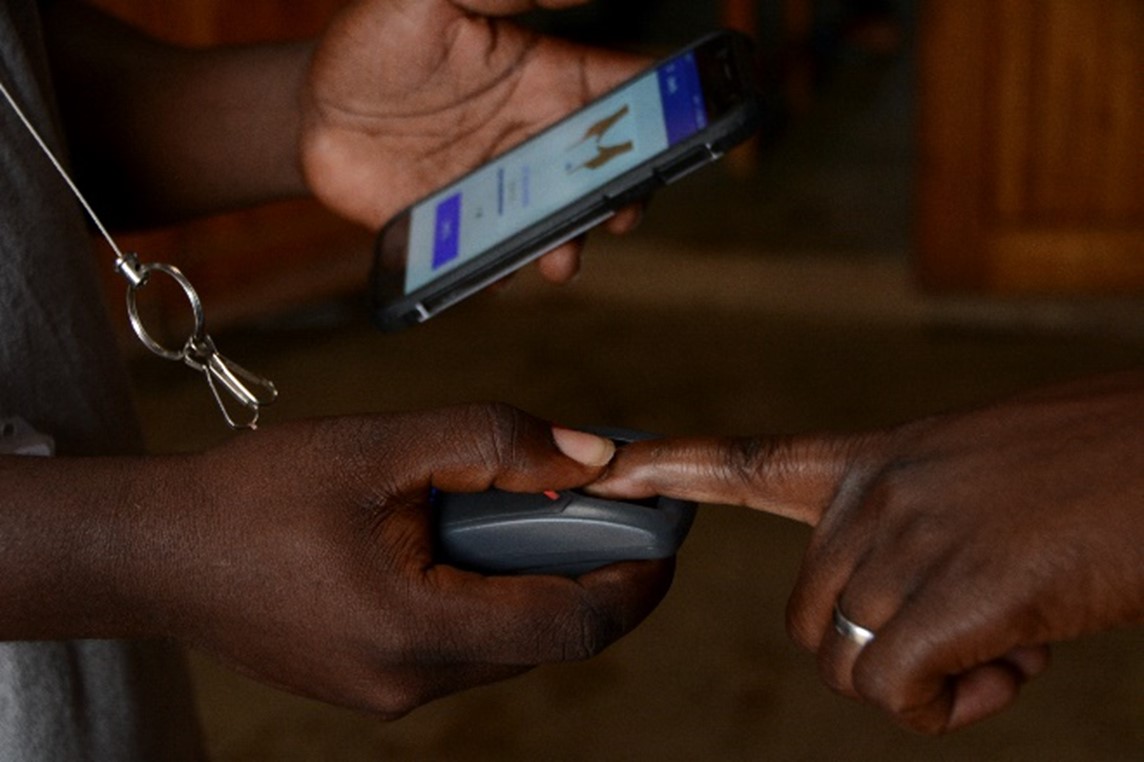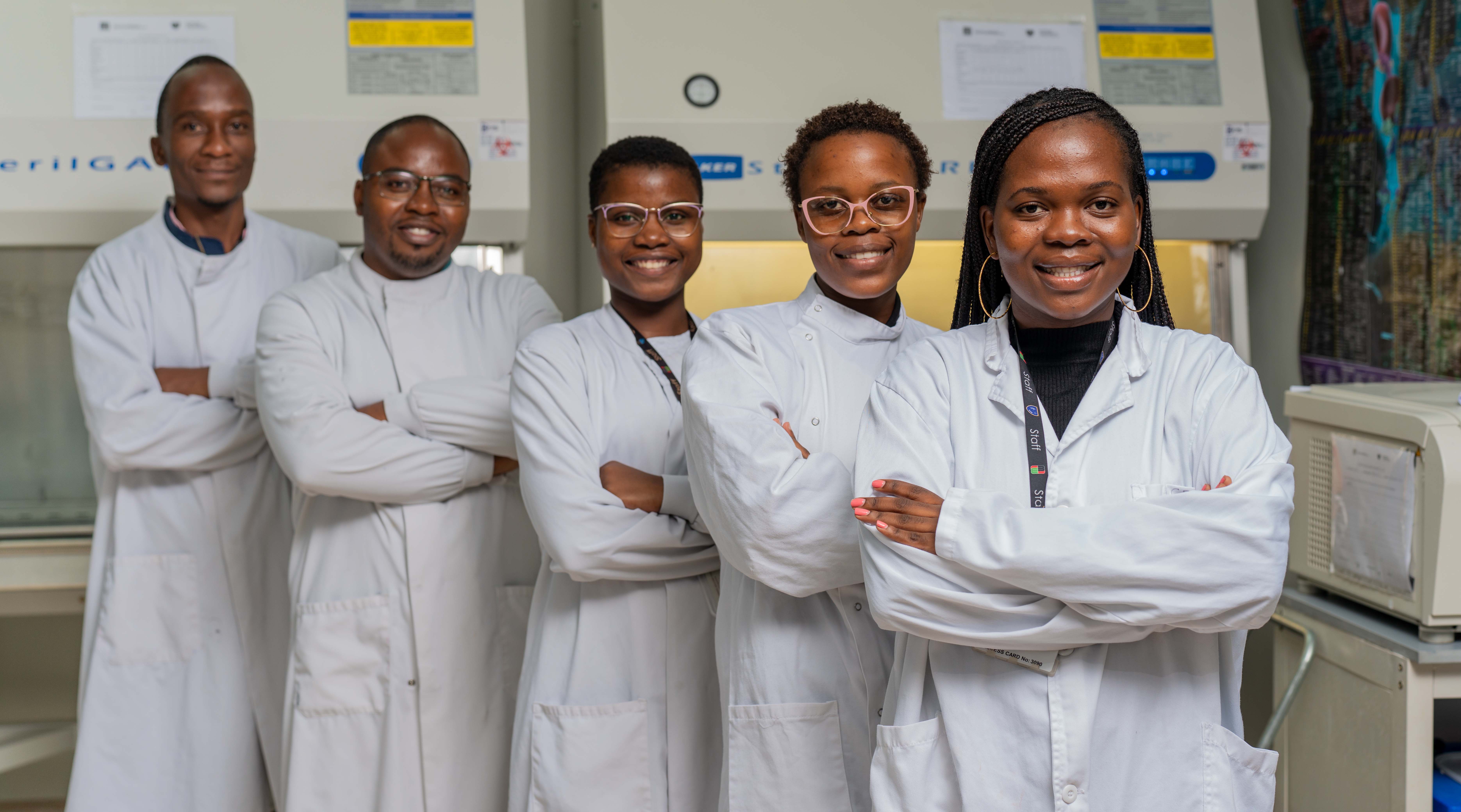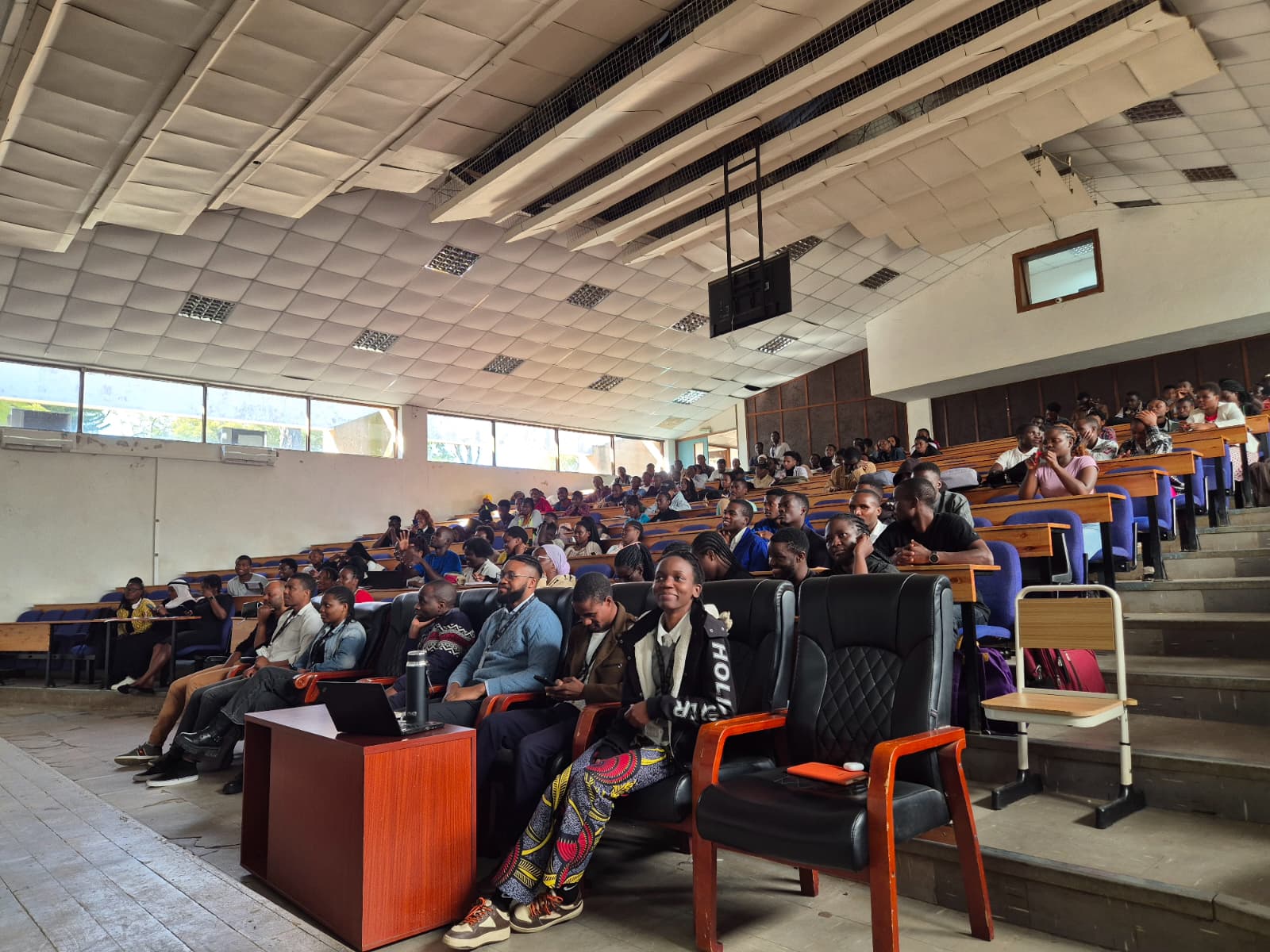Tuberculosis (TB), one of the leading infectious killers worldwide, remains challenging to diagnose in low-resource settings, and patients frequently face multiple health centre visits at high cost before TB is diagnosed and treatment started. HIV is a major risk factor for TB. Despite the challenges in diagnoses within low-resource settings, robust digital X-ray equipment can now be deployed at a primary care level in sub-Saharan Africa, and automated computer software packages that can interpret chest X-rays providing a probabilistic score for pulmonary TB have accuracy similar to, or greater than, expert human readers.
Public Health Research Group lead Peter MacPherson and his team, therefore, set out to investigate whether offering adults with cough attending primary care in Blantyre, Malawi, universal HIV testing and linkage to antiretroviral therapy (ART)—either alone or combined with computer-aided digital chest X-ray (DCXR-CAD) and subsequent sputum Xpert confirmation—could improve the timeliness and completeness of HIV and TB diagnosis and treatment compared to current standard approaches (health worker–directed TB and HIV screening).
On the efficiency of using DXCR-CAD in low resource settings, Dr. Peter Macpherson his team worked with FIND to demonstrate case studies of how DCXR-CAD can be implemented in low resource settings (https://www.finddx.org/at-risk-populations/cad/). The X-ray machines we used are very robust and have been used in military settings previously. We did have to install backup electricity systems for the trial. But the newest generation of ultraportable X-ray machines now available have rechargeable batteries and can run without a constant electricity supply.
A total of 1,462 adults attending a primary clinic in Blantyre, Malawi with cough were randomly allocated to receive either standard of care (SOC) health worker–directed HIV-TB screening; oral HIV testing and linkage to treatment (HIV screening); or oral HIV testing and linkage to treatment with additional digital chest X-ray screening for TB interpreted by computer-aided diagnosis software (CAD4TBv5), with sputum Xpert testing for participants with a CAD4TBv5 score above 45 (HIV/TB screening). Participants were followed for 56 days to investigate initiation of TB treatment, missed TB and HIV diagnosis, and cost-effectiveness.
Median time to TB treatment initiation was shorter (1 day) in the HIV-TB screening arm compared to the SOC arm (11 days) and HIV screening arm (6 days). HIV screening reduced undiagnosed/untreated HIV from 10 (2.7%) in the SOC arm to 2 (0.5%) in the HIV screening arm and 1 (0.2%) in the HIV-TB screening arm.
Digital chest X-ray screening with computer-aided interpretation for TB with universal HIV screening increased the timeliness and completeness of HIV and TB diagnosis. If implemented at scale, these interventions have the potential to rapidly and efficiently improve TB and HIV diagnosis and treatment.
In Blantyre, Malawi, the DCXR-CAD has already been implemented in several primary health care centres for TB screening. We shared these results with the Guideline Development Group for the 2021 updated WHO TB Screening Guidelines, and for the first time, there is now an international recommendation that DCXR-CAD can be used for TB screening. We are also now conducting a second trial (CASTLE Study) in Zomba Central Hospital to see whether DCXR-CAD can reduce mortality in people with HIV admitted to the hospital.
“We worked very closely with the Malawi TB and HIV Departments, all the way through from the design to the implementation of the study. We recently had a dissemination meeting to share the results of the study with the National TB Programme, and there is considerable excitement about the potential for DCXR-CAD in TB screening programmes in Malawi. We were assisted by the expertise of the MLW Digital Imagining Committee, by Dr. Liz Joekes from Liverpool, and by the Radiography Department at Queen Elizabeth Central Hospital. Evidence shows that digital radiography can be task-shifted from radiographers to other cadres of health workers, and even trained laypeople. This could be extremely important in settings like Malawi where the numbers of radiographers are very limited,” said MacPherson.
The collaborators of the study were Helse Nord TB Initiative at KUHeS; the TB Lab at KUHeS; National TB Programme and HIV Programmes; London School of Hygiene and Tropical Medicine; McGill International TB Centre.
To read this publication, please click here.



